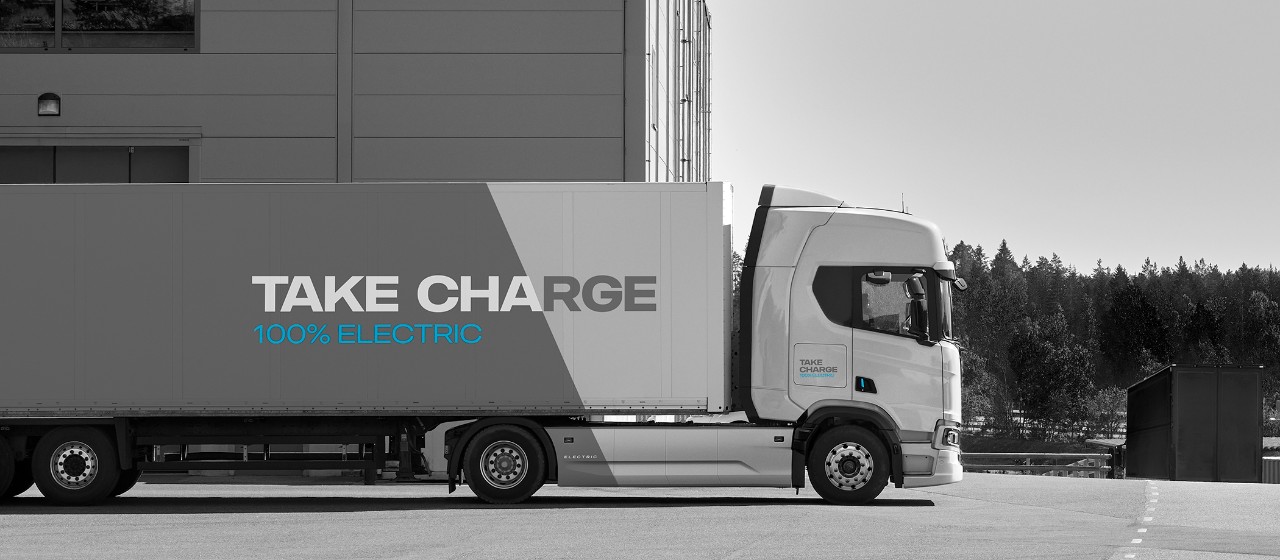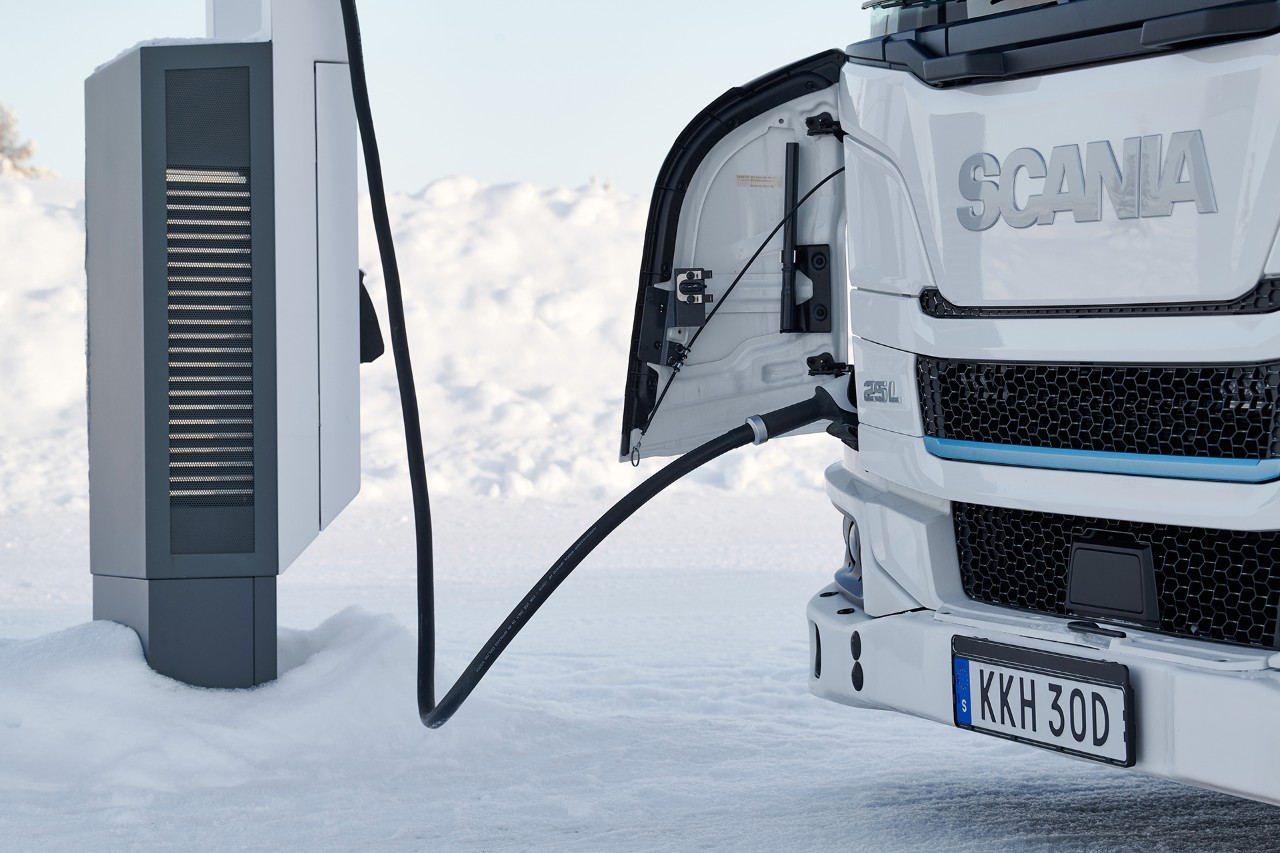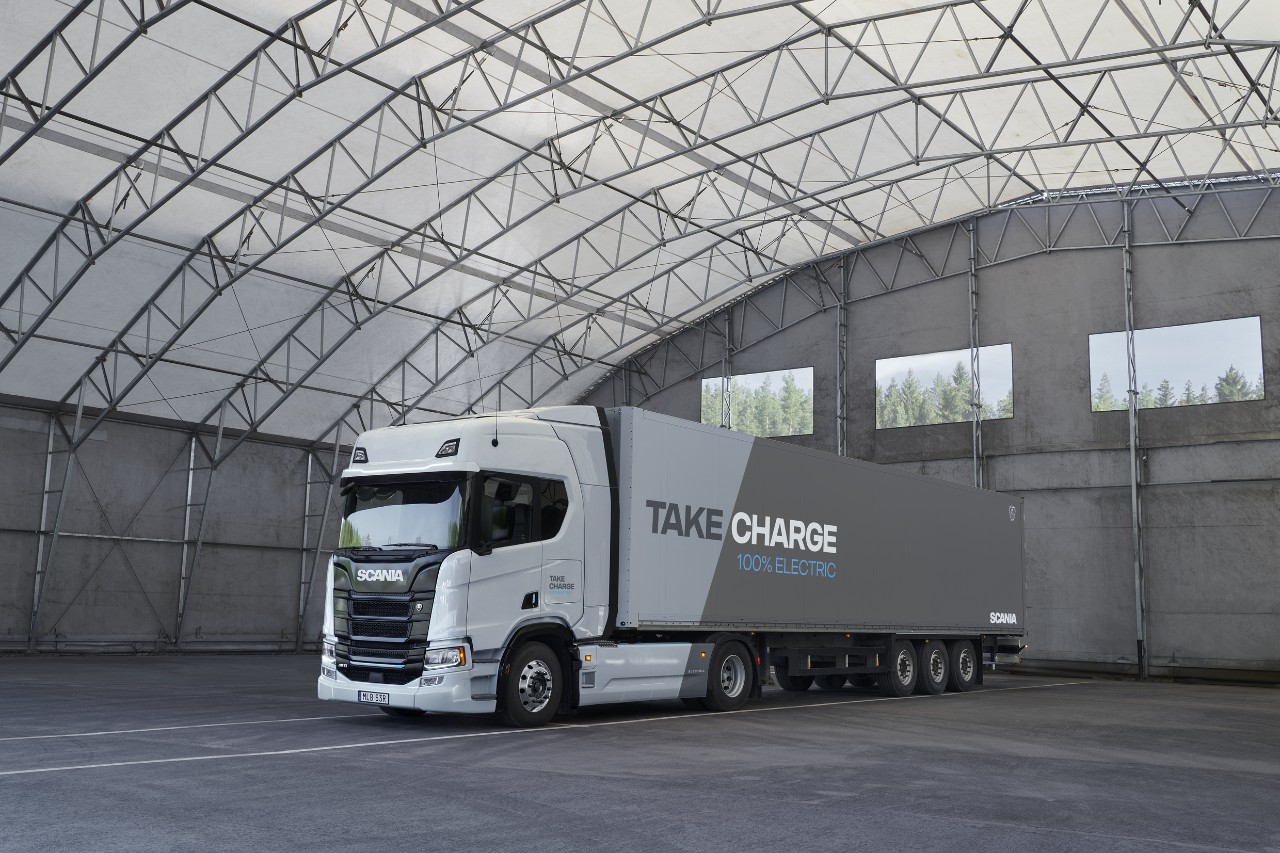
Reuse, repurpose, recycle: Scania’s circular battery strategy explained
Reuse, repurpose, recycle. These three Rs are central to Scania’s circular battery strategy.
Fundamental to Scania’s sustainability focus is that every stage of the value chain should have as small an environmental footprint as possible. This includes the raw materials for batteries as well as battery production.
But what happens after the initial use phase of a battery when it can no longer do its job in a Scania electric vehicle? That’s when the company’s circular battery strategy comes into play.
“Our circular battery strategy has its origin in the waste hierarchy, which states that reduce and reuse is preferable to recycle and dispose,” explains Patrice Tshibanda, Head of Battery Business Development at Scania.
“We have defined a circular battery strategy where we can reuse, repurpose and recycle our batteries after battery production and the initial use phase.”
Scania’s new circular system
Scania is now creating an ecosystem that supports circularity, with strategically located hubs and partners.
“The idea is that we gather the batteries at Scania circular battery hubs where we analyse and categorise them. If they are suitable for reuse or repurposing, they are repaired if needed, and stored for later use. If not, the batteries are recycled,” Tshibanda explains.
Let’s take a closer look at the different steps:
Step 1: Reuse – using the battery to its full potential in the initial product
Reuse is the first option in circular economy. A good example of battery reuse is the mid-life renovation Scania carried out on several hybrid electric city buses belonging to a major public transport operator in Sweden. By incorporating reused batteries into the buses Scania offered a life cycle and value adapted renovation that maximised the value for the customer.
“Instead of mounting brand-new batteries that would outlast the buses, we installed reused batteries whose lifetime would match the remaining lifespan of the buses,” says Tshibanda.
Step 2: Repurpose – a second life for the batteries in other products
Even after reaching the end of their life in the vehicle, batteries can still provide significant value. They can be used for other applications such as Battery Energy Storage Systems (BESS), gigantic power banks that work according to the same principle you use for your cell phone.
These systems could provide frequency balancing services to grid operators, which are in demand as more renewable energy sources such as solar and wind power are introduced. Another way to use a Battery Energy Storage System could be to boost local electric grids that are too weak to deliver the required power.
“We used a 1MWh Battery Energy Storage System that was built as a proof-of-concept for Scania batteries. This system is being used as a grid-booster in the depot of a haulage company which recently put six Scania BEV trucks into operation but couldn’t charge them because there’s only 50kW of power available from the grid; not enough for fast charging. With the Battery Energy Storage System the depot has now more than 500kW of charging power, which is enough for the trucks,” says Tshibanda.
Another example of repurposing is Scania provision of second-life batteries to VW Group Services’ development of Battery Energy Storage Systems, which will reach the market in 2024.
Step 3: Recycle – reducing the need for virgin material in new batteries
When the battery has reached a stage where it cannot be reused or repurposed, Scania has a recycling infrastructure in place. Precious raw materials such as cobalt are recycled and can be used to reduce the need for virgin material in the production of new batteries.
Scania batteries – key facts
- In line with Scania’s circular business approach, the company has adopted a circular battery strategy which means that the company’s batteries could be reused, repurposed and recycled.
- The battery cells in Scania’s trucks are manufactured by Samsung and Northvolt, a Swedish company that aims to produce the world’s greenest batteries made with materials derived from recycled batteries.
- Scania and Northvolt have developed a lithium-ion battery cell with the capacity to power trucks for 1.5 million kilometres – equivalent to the truck's whole lifetime.
- The battery cells are assembled in modules which are put into packs that are tailored for Scania’s modular production.
- As of September 2023, the battery modules and packs are assembled at Scania’s new battery assembly plant in Södertälje, Sweden.
Read more

Charging
We help you find the right charging solution for your specific need.
